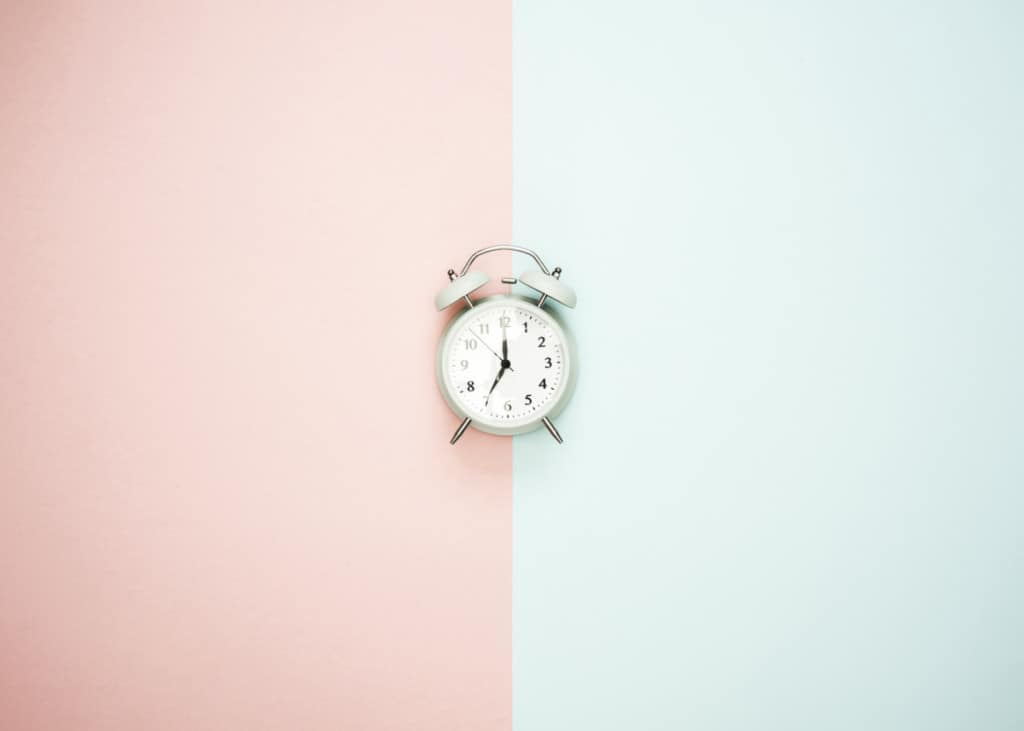
Are you wondering how long dental cleanings should take? Are you wondering if the dental hygienist is doing a thorough enough job, or spending too long? Or even how long you will be stuck in the chair for your next cleaning?
Dental hygiene cleaning appointments can vary in length. The ideal time for a dental cleaning, also known as a scale and polish is 60 minutes. Depending on how often the person is getting their teeth cleaned, it could be a few hours spread over multiple appointments called quadrant scaling.
Total appointment times for dental cleanings are very important! And there’s a lot more that goes into a dental hygiene appointment than just the scaling and polishing.
And the things we do outside of the scaling and polishing are just as important for the health and safety of the patients, but also to give them the absolute best comprehensive treatment they can get!
If the appointment time is less than 45 minutes…. you may want to consider how comprehensive your treatment is.
Why dental hygiene appointments should be 60 minutes
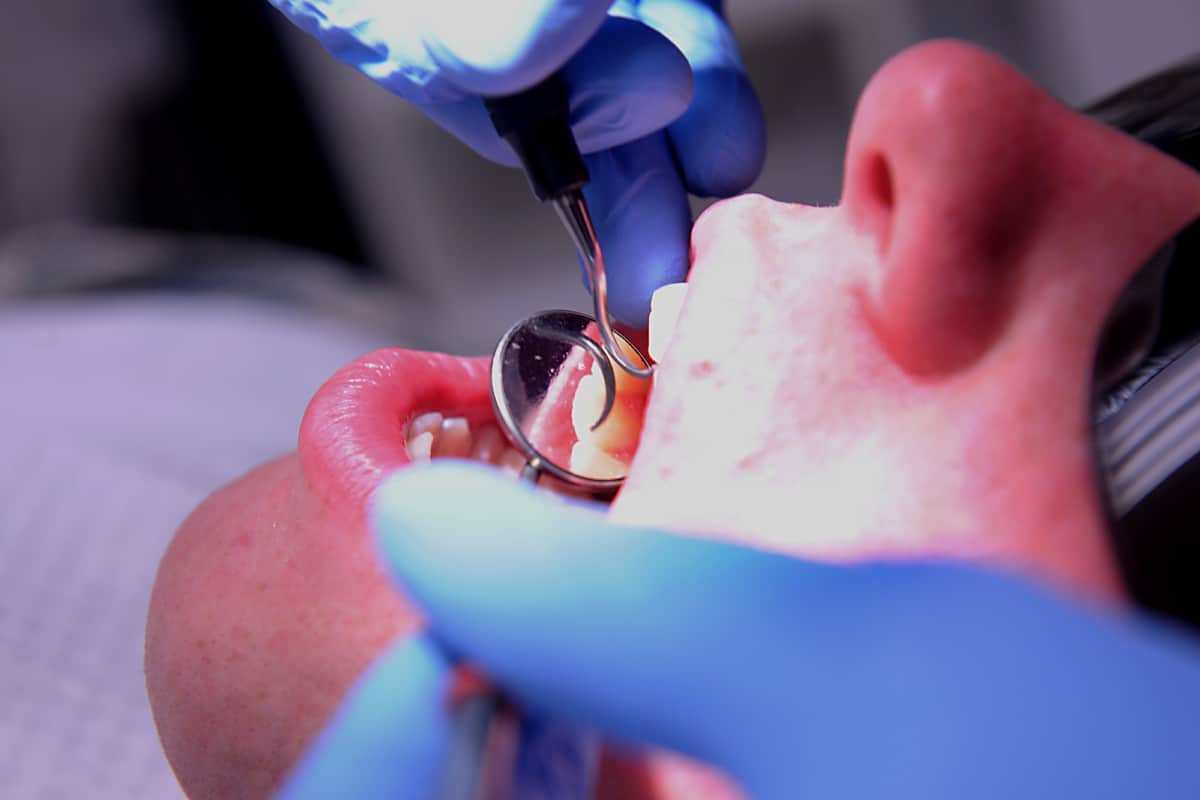
When I say 60 minutes, that’s not the amount of time that I spend cleaning teeth with the instruments on the teeth. The 60-minute appointment allows me to clean up, set up, and complete everything that is required in a dental hygiene appointment.
The 60 minutes allows us to spend time with the patients, and not feel rushed (although sometimes I feel like I am always behind).
At the beginning of the hygiene appointment, the patient is assessed, and their medical history is reviewed. If they have a medical condition or taking a medication that impacts their oral health or oral hygiene routine, we take some time to talk about it.
Before the cleaning starts, the head and neck are examined for anything abnormal. Next, the tissues in the mouth are looked at and assessed. I refer back to the previous appointment notes and x-rays to compare and see what areas have improved and if any areas haven’t.

If the dentist needs to come in to do their exam, prescribe x-rays or discuss treatment, it is done within the 60-minute appointment. If more time is needed to discuss treatment, another appointment will be made for a comprehensive consultation.
I use all of this information to clean the teeth and provide the best treatment to the patient. Cleaning the teeth refers to the scaling, which is the removal of both soft and hard build-up on the teeth (plaque and calculus/tartar). The scaling part for an adult who maintains regular hygiene appointments is usually between 30-45 minutes.
After the scaling, often I don’t even polish my patient’s teeth unless they need it. It’s a huge misconception that it needs to be done, but in reality, it does not affect oral health. It is a big moneymaker that can damage your teeth over time, read why in the post linked below.
Related post: Why You Shouldn’t Have Your Teeth Polished at the Dentist
Education and communication are big components of dental hygiene. When the patient understands why things are done, and the importance of certain procedures, it allows them to establish value in their oral health.
When my patients are more educated on everything dental hygiene, their oral hygiene routines most often improve, and they place more value in coming to their appointments, and not putting off essential treatment.
To know in more detail what happens in a dental hygiene appointment, read the post linked below.
Related post: How Dental Hygienists Clean Your Teeth
The different types of dental hygiene appointments
Like I mentioned earlier in this post, sometimes different tasks need to be done, and appointments are structured differently.
If a patient has not been into the dental office for a long time, they may need a longer appointment for me to have more time to complete assessments, x-rays, scaling, and any other treatment.
I have had people booked for 2 hours if they need it and even extending to 4 appointments booked for 60-minutes for each one. This is what we call quadrant scaling. It focuses on one corner of the mouth at a time.
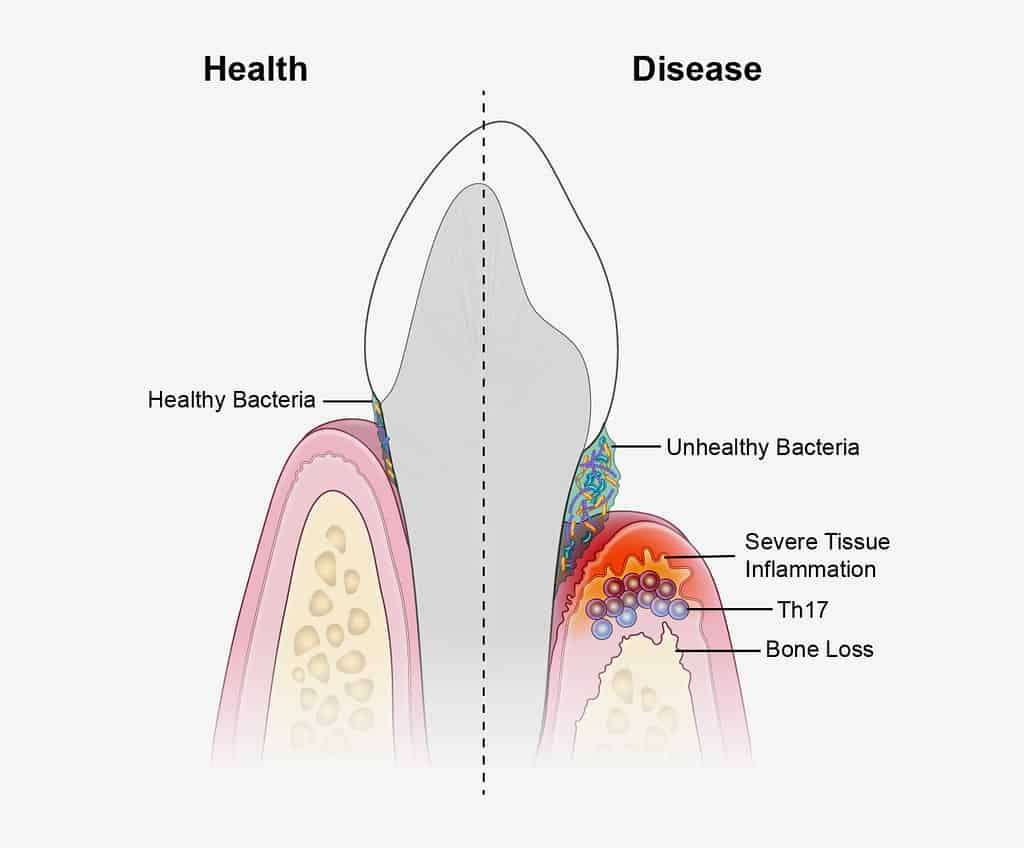
As well, some people require local anesthetic (freezing) to have their teeth cleaned because their teeth are so sensitive, or they have deeper spaces between the gum and the teeth (gum disease as seen in the image above), that when cleaned can be uncomfortable.
Is it possible to remove the build-up on the teeth at home?

No, it is not. I know all those viral posts and pins on Pinterest that claim a simple solution can remove all the tartar in your mouth. They just don’t work, and they are meant to make you click on them.
Also, the build-up on the teeth extends underneath the gumline. It takes a trained professional to clean where the eye cannot see. Dental professionals know the anatomy of each tooth and can assess and feel where needs to be cleaned.
If the build-up is only removed above the gum line, the gums can tighten around where the build-up was removed. That causes the gum tissues to become like a really tight turtleneck, and getting underneath is difficult.
The build-up that is left under the gum will continue to cause damage to the gum tissue and possibly the bone tissue, furthering gum disease. So when it comes time for professional cleaning, it may be more uncomfortable, challenging and time-consuming.
How to decrease the amount of build up on the teeth
Although the build-up (calculus/tartar) cannot be removed at home, some ways can prevent most of the build-up on the teeth.
By flossing and brushing, most of the bacteria will be disrupted before it can harden and calcify to the teeth.
The areas in the mouth that build up the most calculus are the inside of the lower teeth and the outside surfaces of the upper molars. This is because the major salivary glands drain the saliva right next to these teeth. The saliva has minerals in it that calcify the bacteria onto the teeth.
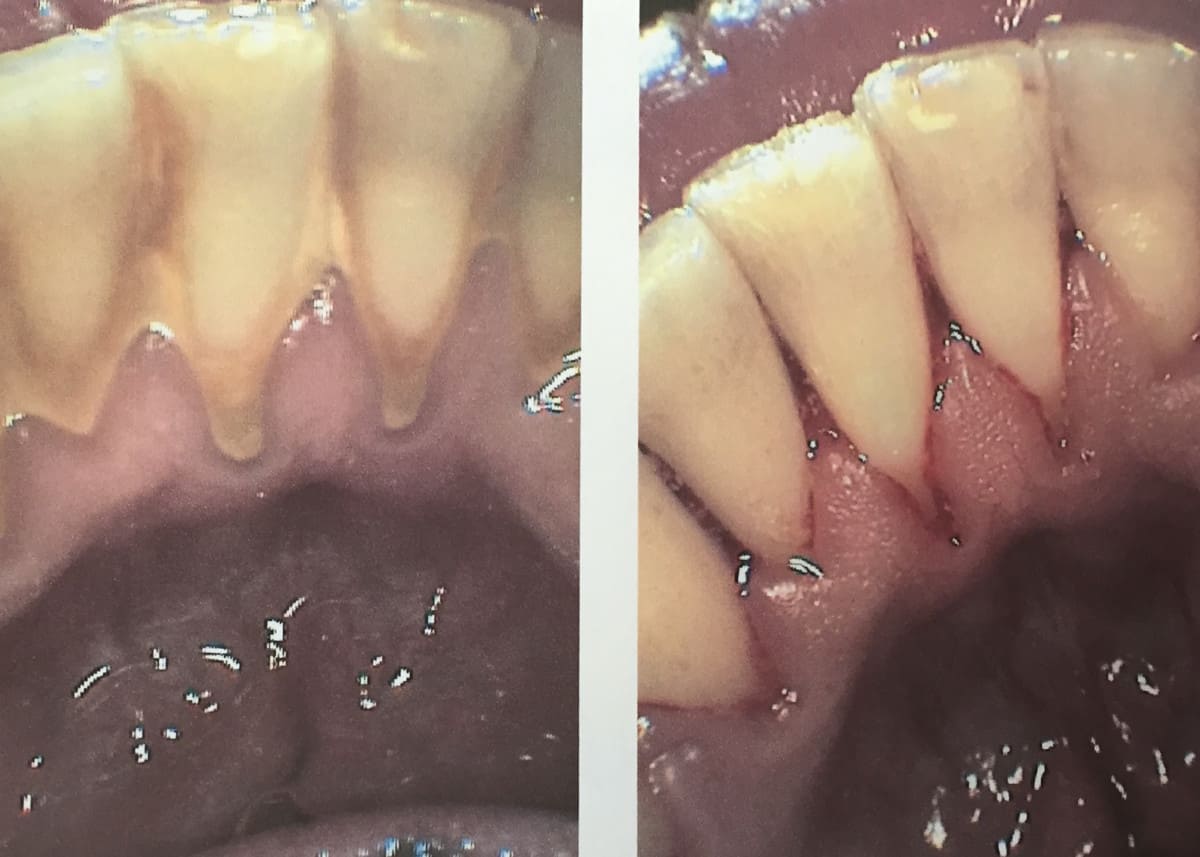
I recommend after your all done brushing, go back to the inside surfaces of your lower bottom front teeth, and the cheek side of the upper back teeth for an extra 30 seconds. Focusing on these areas will help to reduce the amount of build-up on the teeth. Just remember not to scrub hard!
Another way that drastically reduces build-up is switching from a manual toothbrush to an electric toothbrush. It really is a night and day difference!
There are so many more benefits to using an electric toothbrush other than reducing build-up. Read this related post: 12 Benefits of Using an Electric Toothbrush
How often should you have your teeth cleaned?
I would say teeth should be cleaned at least every 6 months. However, if gum disease is present, cleanings should happen at least every 3-4 months.
The reason why regular dental hygiene cleanings are so important is to remove the build-up in the mouth that causes inflammation. When build-up is removed, it gives the body a chance to decrease inflammation and heal. Along with flossing and brushing daily, it will aid in healing gingivitis and slow down gum disease.
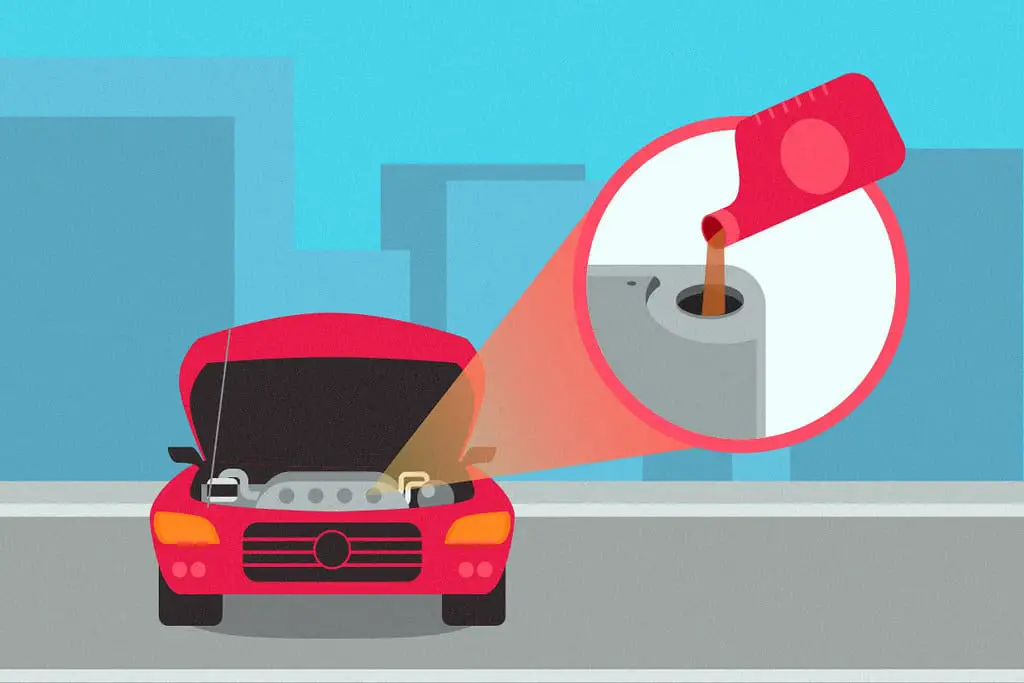
It’s like changing the oil in your car. If you didn’t change it and remove the old oil, major damage is imminent.
But changing the oil regularly keeps your car healthy and running well. What if you have a car that burns a lot of oil, the oil will need to be topped up more often. What would happen if you didn’t top up the oil?
This goes the same for dental cleanings that are required more often.
When someone has gum disease that results in losing bone and tissue around the teeth, you can never get rid of it, only slow the process down.
When dental cleanings are not done at least every 3-4 months, the bacteria have much more time to start releasing toxins into the tissue and bloodstream, which can break down more bone and gum tissue. This affects the entire body’s health and is related to health conditions such as diabetes, heart disease, pregnancy complications, and other medical issues.
Is a scale and polish the same as a deep clean?
To be honest, I don’t like the term deep cleaning as it’s extremely outdated. It can also be referred to as scaling and root planing, which is also extremely outdated and not a recommended form of treatment anymore. I go over this in the last subheading of this post.
Often a deep cleaning means the cleaning is happening underneath the gumline as well as on top of the gums. And normal dental hygiene cleanings are only cleaning above the gums. Well, no matter the oral health of the patient, under the gumline should always be cleaned!
At every dental hygiene appointment, the gum health should be assessed, and each area treated individually, including underneath the gums. Even in a healthy mouth, there is a natural space between the gum and tooth that extends from 1-3 mm.
Why should this area be forgotten and the bacteria allowed to fester?
The reason why this is so important is that, if the teeth are only 50% cleaned and the bacteria and build-up are left underneath the gumline, it will only further progress any gum disease that is occurring.
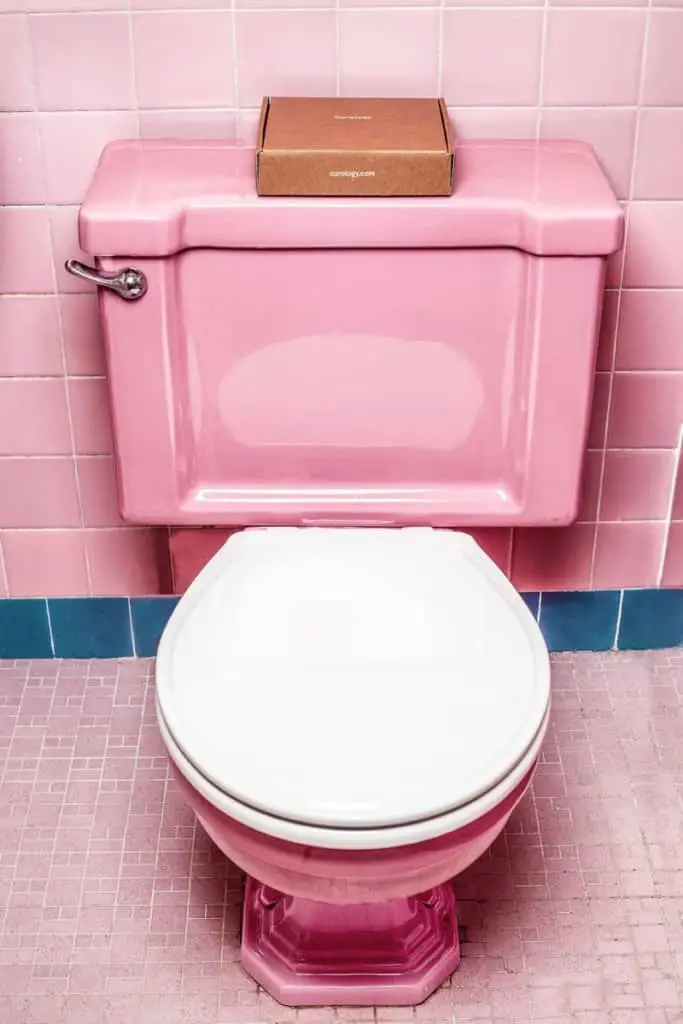
A great analogy for this is: imagine only cleaning above the waterline of your toilet bowl…. the bacteria and the grime below the waterline of the toilet bowl isn’t just going to go away, it’s going to keep accumulating even more and making the bacterial load in the water to become increasingly higher.
Why would you only do 50% when you can do 100%? I know for myself if I am paying for a service I want 100% and the most thorough cleaning.
If a person has active gum disease, they would be receiving thorough dental hygiene cleanings at least every 3-4 months.
The proper term that should be used instead of scaling and root planing is debridement. We are cleaning all surfaces, and not aiming to remove tooth structure on the roots. The goal is to remove all the build-up and disrupt the bacteria to reduce the bacterial load and make the mouth healthy.
If gum disease is not stable and progressing, periodontal surgery is the best option. Consulting with a gum specialist (periodontist) is recommended.
Can scaling too much damage the teeth?
When dental cleanings are carried out by a licensed professional, there should be no damage done to the teeth.
The instruments we use vary for the specific area, and the exact surface of the tooth we are cleaning. Each instrument is designed with a specific angle, that when used properly, will only glide along the surface of the tooth, only removing the calculus and plaque.

This can also go back to the concept of deep cleaning and root planing. Again this is old-style dental hygiene and should not be done.
The old belief was that most of the bacteria that were causing gum disease were only embedded in the rough surface of the roots of the teeth. The root planing was the over scaling of the roots and trying to get the surface to become smooth to reduce the number of areas the bacteria could adhere to.
Please read the short paragraph of this study for more supporting evidence.
for more supporting evidence.
However with more studies and evidence showing that that was not the case. The bacteria causing inflammation and gum disease were present on the root surface, ligaments and the gum tissue. So root planing was not effective and just causing unnecessary damage to the roots of the teeth.
For a more in-depth explanation as to why root planing is outdated and can be detrimental and considered overtreatment, can be found here .
.
Holly 🙂

